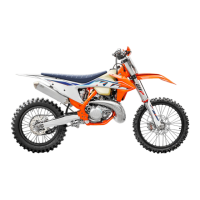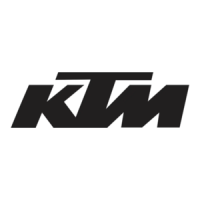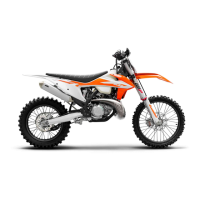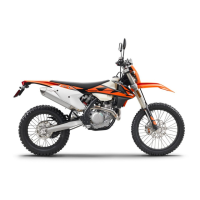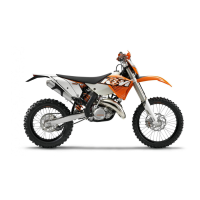How to fix a KTM 250 XC TPI 2022 when the engine cannot be cranked?
- MMichael GarciaAug 16, 2025
If your KTM Motorcycle engine cannot be cranked, possible causes include an operating error (ensure you're following the correct start procedure), a discharged 12-V battery (charge the battery, and check the charging voltage, closed current, and stator winding of the alternator), a blown main fuse (change the main fuse), a faulty starter relay (check the starter relay), or a faulty starter motor (check the starter motor).
